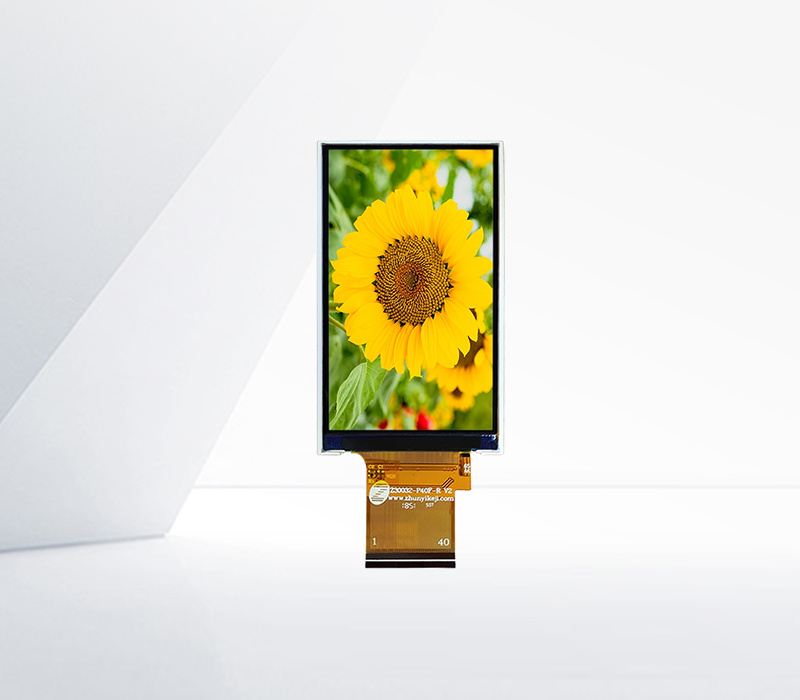




Smart water meters have revolutionized water resource management by integrating advanced sensing, communication, and display technologies. At the heart of their user - interaction interface lies the LCD (Liquid Crystal Display) module, which plays a critical role in presenting real - time data, operational status, and system prompts to users and maintenance personnel.
In terms of design, smart water meter LCD modules must prioritize durability and readability under diverse environmental conditions. Typically constructed with ruggedized materials, these modules are designed to withstand high humidity, temperature fluctuations, and occasional physical impacts commonly encountered in water supply systems. For example, many adopt industrial - grade LCD panels with wide viewing angles, ensuring clear visibility of information such as water consumption, remaining balance, and leak alarms from various perspectives, even in dimly lit environments like basements or outdoor meter boxes. To combat moisture ingress, manufacturers often employ sealed bezels and anti - condensation coatings, preventing fogging that could obscure the display.
Functionally, these modules serve as the primary medium for conveying complex data in a user - friendly format. They not only display numerical values of water usage but also use graphical icons to indicate system statuses, such as low battery warnings, communication errors (e.g., failed Wi - Fi or NB - IoT connectivity), and abnormal flow patterns that may signal leaks. Some advanced modules even support multi - language interfaces, catering to diverse user bases in different regions. For instance, in smart cities with multicultural populations, a single water meter might switch between English, Spanish, and local dialects to ensure accessibility. Additionally, touch - sensitive overlays are increasingly integrated into LCD modules for smart water meters, allowing users to interact with the device directly—such as initiating a manual data refresh or requesting a detailed consumption report—without the need for external tools.
Technically, smart water meter LCD modules must meet strict power efficiency standards. Since many smart water meters operate on battery power or low - voltage mains, the LCD’s power consumption is a critical design parameter. Low - power LCD technologies, such as reflective or transflective displays, are commonly used. Reflective LCDs rely on ambient light for visibility, eliminating the need for a backlight and significantly reducing power draw—an essential feature for battery - operated devices in remote areas. Transflective displays, meanwhile, combine the best of both worlds, using a backlight only when ambient light is insufficient, thus balancing readability and energy efficiency.
Looking to the future, smart water meter LCD modules are likely to embrace more intelligent features. Integration with IoT platforms could enable real - time data synchronization with mobile apps, where users can view detailed consumption trends via the LCD’s summary interface. For maintenance teams, LCD modules may display QR codes or NFC tags that, when scanned, provide instant access to the device’s service history, firmware version, and replacement parts information. Moreover, advancements in flexible display technology might lead to curved or wrap - around LCD modules that conform to the cylindrical shape of water meters, optimizing space and aesthetics while maintaining readability.
